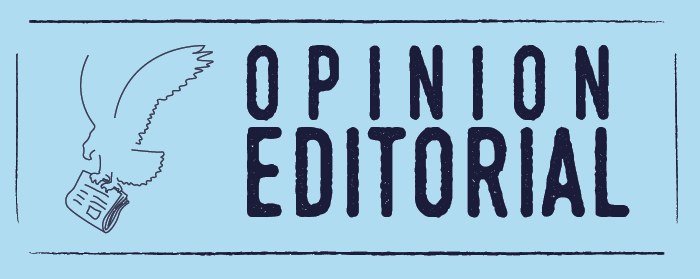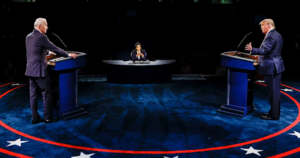Oklahoma City was not a fun place to live 30 years ago.
Downtown retail and dining venues sat vacant for decades. As suburban sprawl took hold, formerly thriving urban neighborhoods fell victim to poverty and crime. The economy rested almost entirely on the oil and gas industry. While the 1970s were booming, the 1980s were a bust.
City officials received a wakeup call in 1989 when United Airlines chose to build a multi-million dollar aircraft repair plant in Indianapolis over Oklahoma City. Their main reasoning? Boeing just could not bear the thought of their employees living in Oklahoma City, where downtown was dead and there was nothing uniquely fun to do.
The Oklahoma City of 2019 is a growing, lively city with nearly 700,000 residents. Urban districts like Midtown, the Paseo and the Plaza are growing and thriving. Residents have enjoyed watching the Oklahoma City Thunder of the NBA play for over a decade. While oil remains king, the economy has diversified to include healthcare, aerospace engineering and financial services.
The uptick in Oklahoma City’s growth, cultural influence and economy correlates with citizens voting for the first Metropolitan Area Projects Plan, or MAPS, in 1993.
Proposed by then-Mayor Rod Norick, the goal of MAPS was to improve local infrastructure and fund projects aimed at attracting commerce and making Oklahoma City a better place to live. Through a temporary one-cent sales tax, the city raised $350 million to construct Chesapeake Energy Arena, Chickasaw Bricktown Ballpark and the Bricktown Canal.
In 2001, MAPS for Kids raised money to improve school infrastructure and technology. MAPS 3, passed in 2008, funded the construction of a new convention center, streetcar system and Scissortail Park, among other projects.
All of this is great information, you may be thinking, but how is it at all relevant right now?
On Tuesday, Dec. 10, Oklahoma City voters will decide on MAPS 4, the proposed next phase of the 26-year-old capital improvements program. Again through a one-cent sales tax, MAPS 4 would raise $978 million over eight years to fund a multitude of projects. Some of the most notable proposals include renovations to Chesapeake Energy Arena, construction of several youth centers and expansion of the public transit system. A full list of items can be found at this link.
Statistically, most Oklahoma Christian University students are not residents of Oklahoma City, and therefore cannot vote on this measure. If this describes you, I still encourage you to educate yourself on all the projects contained within MAPS 4. A good percentage of Oklahoma Christian graduates stick around the area, and these projects have the potential to make Oklahoma City a better place to live.
If you are an Oklahoma City resident, I encourage you to get out and vote on Dec. 10. While it is important for us to stay up-to-date on national politics, I would argue local government has even greater potential to shape our economy and quality of life. Imagine how worse off Oklahoma City would be without the Chesapeake Arena, or the Bricktown Canal or Scissortail Park. These projects happened because city leaders took initiative and citizens bought in through a small sales tax.
Of course, not every project in a $978 million proposal is going to please everyone. There has been ripe criticism over the plan to raise $115 million to renovate Chesapeake Energy Arena, with opponents saying private parties like the Oklahoma City Thunder should foot the bill. But even if you disagree with one part of MAPS 4, I still encourage you to vote in favor of it. MAPS 4 has the potential to make our city a more entertaining, safer and vibrant place to be. We have made so much progress over the past quarter decade. It would be a mistake to stop now.











Be First to Comment